
Scriptly Helps Pharmacies Identify Trends in Real Time with Reveal
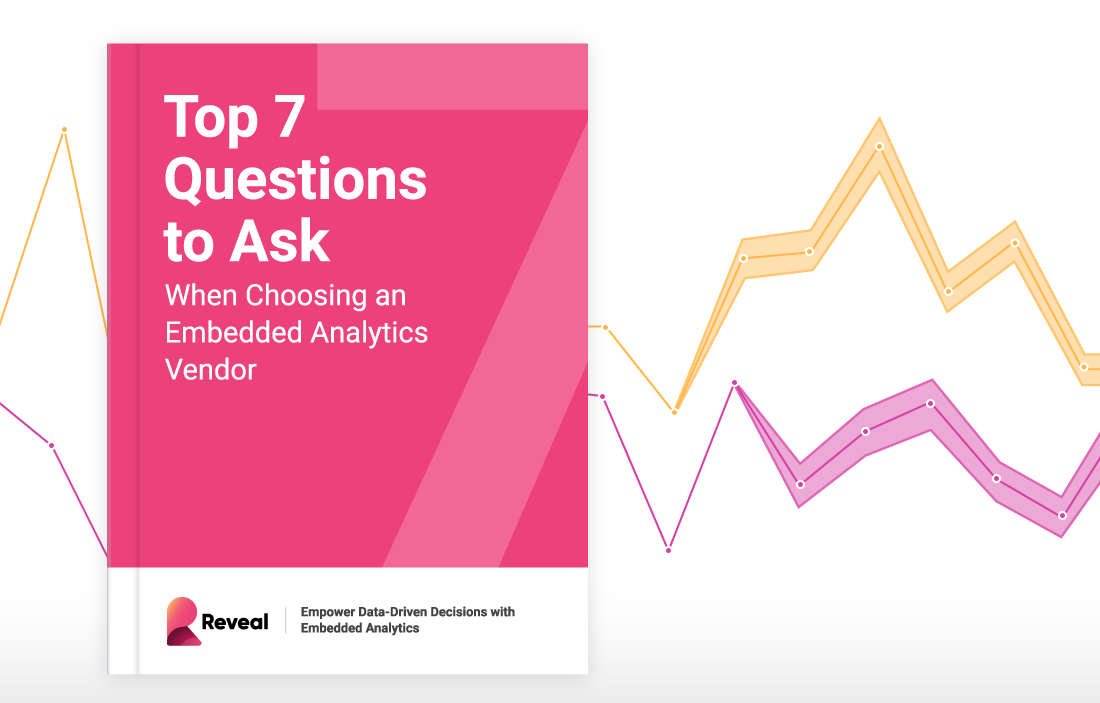
Integrating embedded analytics into your applications is a strategic decision that boosts data-driven decision-making, enhances user experience and customer satisfaction, and accelerates insight.
In today’s competitive and saturated markets, selecting the right embedded analytics vendor is crucial.
This guide outlines the 7 essential questions to consider, ensuring you choose a vendor that aligns with your business needs, budget, and strategic goals.
Fill out the form to continue reading.
Most likely, your team comprises professionals who aren’t data experts, mirroring the broader end-user base of analytics tools. Recognizing this, an intuitive and user-friendly embedded analytics solution is essential. Such a solution broadens user adoption and satisfaction, eliminating the steep learning curve often associated with complex analytics tools. By simplifying the user experience, it minimizes the demand for extensive training and support, thereby democratizing data analytics for users at every skill level.
Providing self-service capabilities is crucial as it empowers users to independently explore data, build dashboards, and generate reports. This autonomy not only boosts user engagement and productivity but also significantly alleviates the workload on your technical teams. Consequently, they can redirect their focus towards more strategic initiatives, enhancing overall organizational efficiency.”
Ask the vendor:
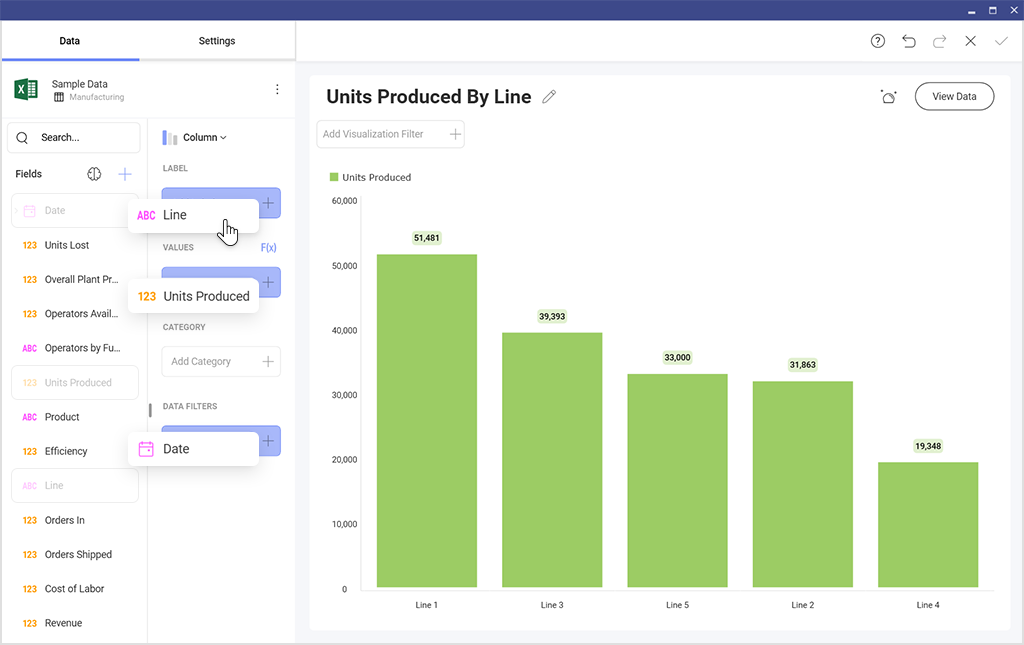
The data analysis features and visualization tools are pivotal in any embedded analytics solution. A wide array of features empowers users to delve into complex datasets, uncovering trends, patterns, and anomalies that drive informed decision-making. Advanced functionalities such as predictive analytics capabilities and a rich library of chart types, on the other hand, can provide deeper insights and facilitate easier data interpretation, enhancing the overall value of the analytics solution.
To evaluate the versatility of the analytics capabilities and data visualizations offered by the embedded analytics vendor, ask these questions:
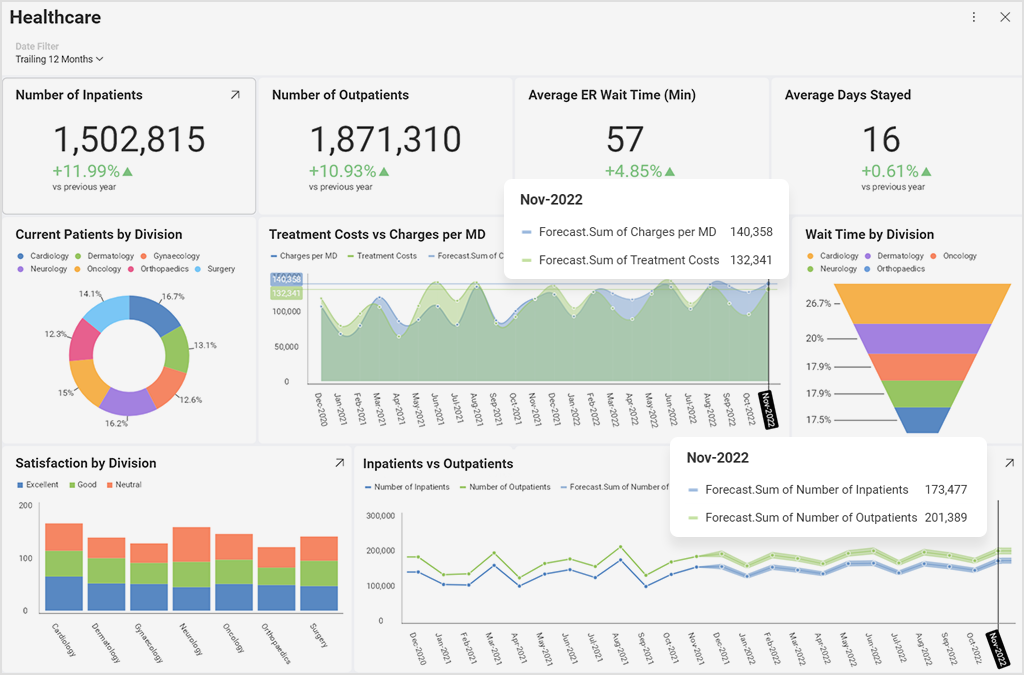
When the analytics solution appears disjointed or out of place, it can significantly disrupt the user experience. This mismatch suggests a disconnect, making the analytics seem like an afterthought rather than a cohesive part of the application.
On the other hand, a highly customizable platform empowers organizations to seamlessly integrate analytics functionalities that blend with their existing applications, aligning both aesthetically and functionality to meet the unique needs of their business and users.
So, when evaluating different embedded analytics vendors, you need to keep in mind that the degree of flexibility in customization is critical. In most cases, basic customization doesn’t cut it; you need to look for extensive customization capabilities.
Ask the vendor these questions:
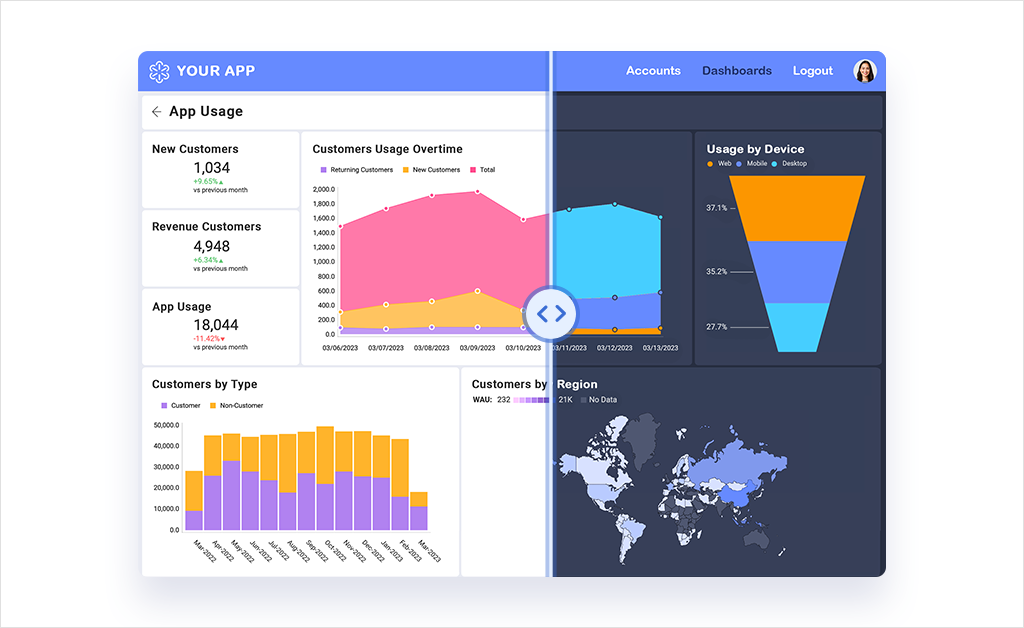
The adaptability of the embedded analytics solution to diverse application environments and industry-specific use cases is key. Each industry is unique in terms of data and analytics requirements shaped by regulatory requirements, operational processes, and market dynamics. A solution that can seamlessly integrate and accommodate these specific needs ensures its ability to deliver actionable insights that align with industry standards and best practices.
A crucial thing you should look for is the successful implementation of the embedded analytics solution in industries similar to yours or other businesses in your industry. Case studies offer evidence of the solution’s efficacy in addressing industry-specific challenges and requirements.
Here are some additional questions to ask the vendor:
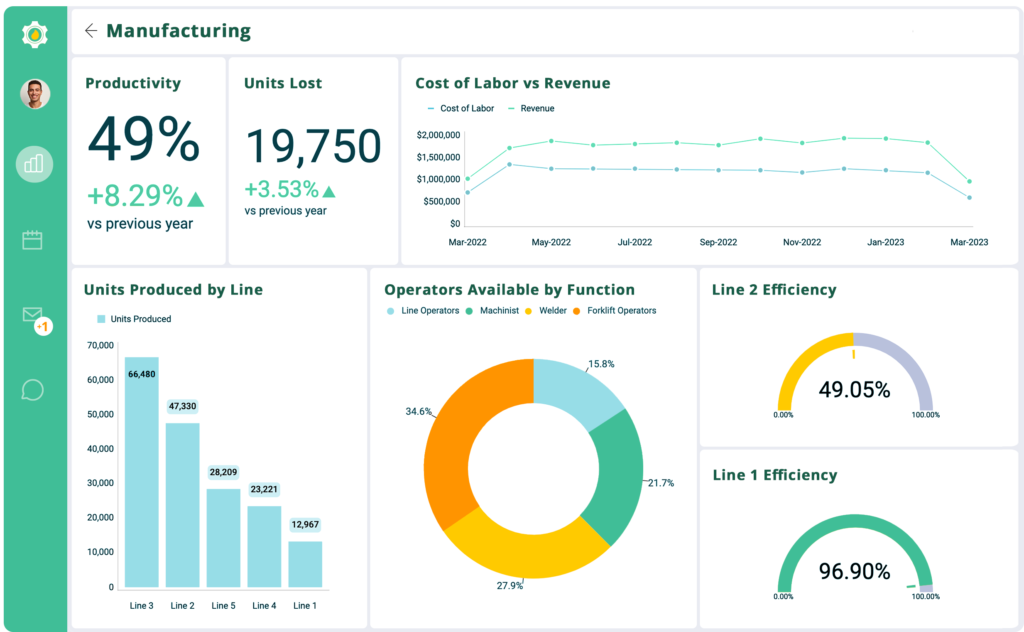
Safeguarding sensitive data and maintaining compliance with industry regulations are paramount considerations when evaluating an embedded analytics vendor. The vendor’s approach to security and compliance should be comprehensive, encompassing robust measures and adherence to relevant regulatory standards.
When speaking with the vendor, address your security concerns and ask these questions:
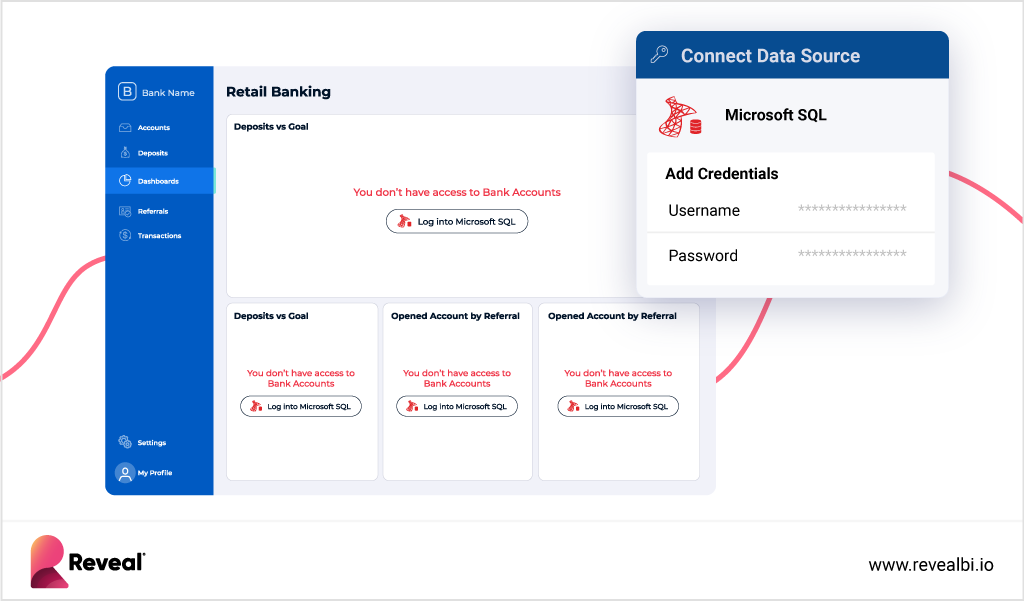
Choosing the right embedded analytics vendor is about more than the tool’s features. It is also about the support it offers. Ensuring that the vendor offers robust assistance is crucial, particularly during the Proof of Concept (PoC) phases. Make sure that the vendor will provide you with the resources you need to overcome any technical challenges. Comprehensive documentation, tutorials, and support resources for developers are crucial for ensuring a smooth integration process and ongoing maintenance.
Here are a few questions to ask the vendor to evaluate the support it provides to developers:
Scalability is the cornerstone of providing long-term viability and efficiency in any embedded analytics solution. As businesses grow and evolve, they generate increasing amounts of data and face increasing demands for timely and detailed insights from users. The embedded analytics solution you choose to integrate within your apps must be able to accommodate this growth seamlessly without causing disruptions.
And that scalability should also go hand in hand with cost-effectiveness. As your user base and app usage grows, you need assurance that scaling up will not lead to unexpected and rising costs.
The tricky part is that many of the vendors in the embedded analytics market use unpredictable pricing structure techniques, often charging based on a per-user-, per-dashboard call, or per-application model. This approach maximizes the price of the product while leaving ‘’no money on the table’’. A transparent and predictable pricing model is essential for organizations that are looking to scale, drive business growth, and maximize the value derived from their data assets without compromising financial stability.
When the conversation with the vendor comes to the pricing part, ask these questions:
Reveal revolutionizes embedded analytics with its robust SDK, offering seamless integration, flexible deployment, and fixed pricing. Our platform provides both read-only dashboards and self-service BI capabilities, empowering users with intuitive drag-and-drop functionality and minimizing reliance on IT resources.
Beyond usability, Reveal equips users with a comprehensive suite of analytics tools, including predictive analytics and statistical functions, for deep data exploration and insight generation. Our interactive dashboards and drill-down capabilities facilitate granular analysis of data, enhancing the decision-making process. And with a vast library of over 50 chart types, Reveal enables users to select the most effective visual representation for their data, ensuring clarity and impact in communication. Furthermore, Reveal offers the flexibility to incorporate custom visualizations, effortlessly integrating with just a few lines of code, thus providing a tailored analytics experience.
Thanks to our powerful and flexible SDK, users can also extensively customize and personalize the UI of our embedded analytics solution according to their unique requirements and brand style. Security is paramount in today’s digital landscape, and with Reveal, it’s built into the core. Our platform operates within your existing data controls, ensuring the highest standards of data privacy and protection.
Reveal is compatible with various application frameworks and can be seamlessly integrated within various industry use cases, ensuring flexibility and applicability across different sectors. We also provide extensive documentation, tutorials, and responsive customer service, ready to resolve any potential issues and provide assistance when needed. Our product team is also available to help with any questions or roadblocks our customers might face – you can get in touch via our Discord channel.
With us, you can rest assured that as your business grows and data volumes and user demand increase, the performance and user experience remain uncompromised with no hidden fees and a straightforward, flat-rate pricing structure.
You can learn more about Reveal and how it works by downloading our SDK or scheduling a quick demo.
Back to Top